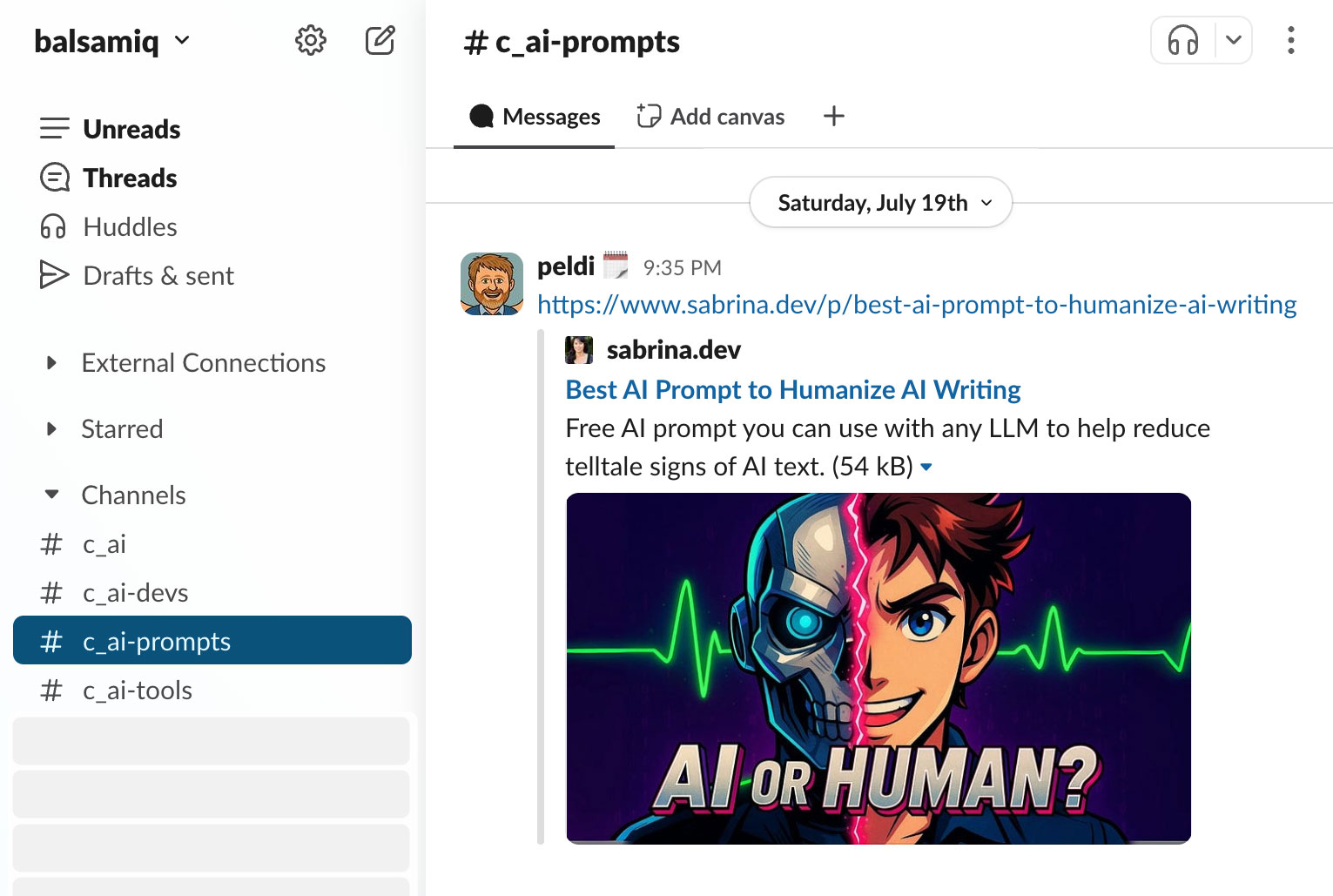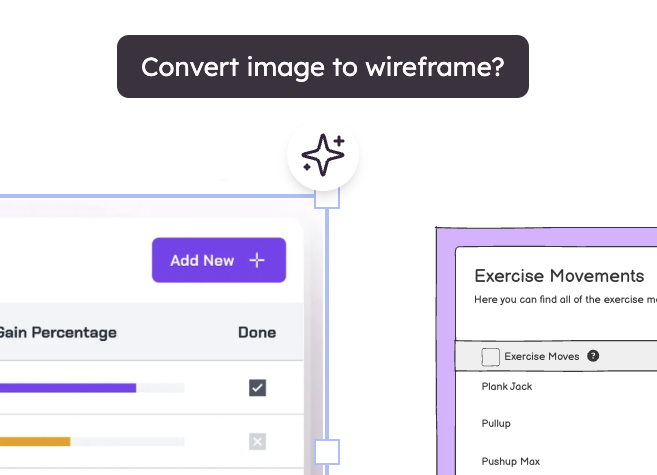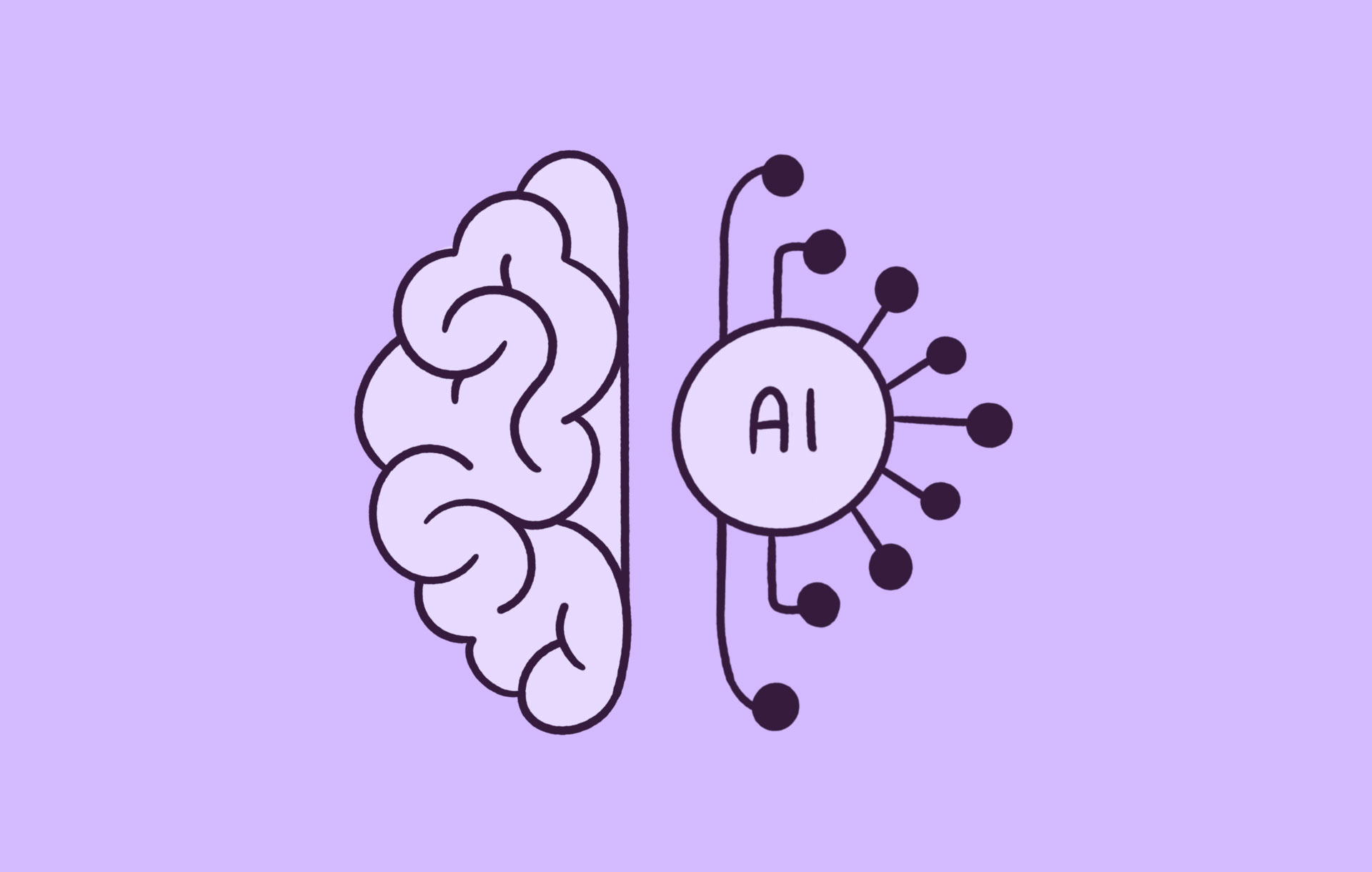It’s not easy getting your team to actually use a new tool you’re rolling out, whether it’s a project management tool, or a custom GPT you just built. You see the potential to save hours on sprint planning or wireframe reviews, but the tool just sits there humming in the background.
The truth is, getting your team to adopt a new tool—especially one that involves AI—and modify their daily workflow takes work. You need:
- A smart plan to combat AI change management
- A solid rollout plan
- Internal marketing to sell the value of whatever technology you’re introducing
Let's talk about why adoption often stalls and how you can turn that shiny AI prototype into a reliable, integrated member of your team.
Why AI adoption feels like it takes too much time (and how to combat it)
There's nothing more frustrating than building an awesome internal AI tool, only to watch it gather digital dust. To make sure your team actually uses it, you need to tackle the common blockers that keep AI from moving into the spotlight.
The tool is ready, but the team isn’t
A great new tool needs more than just a place to live—it needs a proper introduction. You wouldn't hire a new junior employee and expect them to immediately run the show without any training. Without clear use cases, guidelines, and context, your team won't know when or how to use a new AI tool.
Instead, try hosting a short kickoff demo, share a one-pager on “What this GPT Solves,” and integrate it into your existing change management playbook. For example, when our Lead Product Designer, Michael Angeles built a custom wireframe critique GPT, he made the time to provide crucial context with the team. It helped everyone quickly understand the GPT’s role and how to use it.
Lack of trust and unclear value
When your team doesn't see how a new AI tool will benefit them, they won't use it. It's that simple.
To get past this, you have to clearly show the value. Run a quick demo in your next stand-up, or prep some side-by-side "before and after" examples to highlight the time it saves or the quality it adds. Show, don’t just tell.
If you’re unsure what information to share with your team, think back to elementary school and answer the five Ws:
- Who: Who on the team will benefit from this tool? Be specific—developers? Product managers? Everyone?
- What: What exactly is the tool? Is it a custom GPT? A built-in AI feature in a tool you already use?
- Where: Where can teammates find it? Link to it, bookmark it, or show where it lives in your tech stack.
- When: When is this being rolled out? When should they use it? Is it for a specific phase of work (e.g., outlining specs, drafting copy, reviewing designs)?
- Why: Why is it worth trying? Focus on concrete benefits—less rework, faster documentation, better first drafts.
And, we can’t forget the “sometimes H” portion—How: How do you use it well? Share a few tips, sample prompts, or dos and don’ts to help them get started.
The clearer you are on these basics, the easier it is for others to feel comfortable giving it a try. Trust is built when people see that a tool actually works.
Fear of looking incompetent
Nobody wants to be the person who fumbles with a new tool during a team meeting. That fear of looking silly or slowing everyone down is a real barrier to adoption. A great way to overcome this is by making it safe and easy to learn.
This is a great opportunity to lean into the how element that we just discussed. Here are some ideas to make the learning curve as low as possible (and adoption high):
- Create short “how-to” videos
- Add step-by-step GIFS in written documentation (just like you would a support article)
- Host a kick-off session to walk your team through the new tool
- Ask for anonymous (or public) feedback
- Put together 2-3 small tasks for every individual to accomplish with the new tool
Change fatigue
People get exhausted when they have to switch tools all the time. That's why your new AI tool can feel like just another thing they have to learn, rather than a solution. To counter this, don't position your GPT as a massive new process. Tie it to a problem your team already deals with, like getting and giving wireframe feedback, and make it easy to access.
Simply pin the GPT to the top of your Slack channel. That way, you can swap feedback and ideas right in the flow, without jumping between tools or losing momentum.

Weak rollout strategy
Without a dedicated owner and a feedback loop, your new AI tool will likely be abandoned. You need a solid plan to make sure it gets used and actually improves. To succeed, appoint a GPT owner—someone who can champion the tool and guide its development.
It's also a great idea to schedule bi-weekly feedback sessions so you can get direct input from the team on what's working and what's not. From there, you can use real usage data to iterate on prompts and use cases.
Designing for trust: Turning your GPT into a dependable teammate
Your GPT shouldn’t feel like a mysterious black box. It’s a teammate, and teammates earn trust through consistency, context, and clarity. At Balsamiq, we build with day-to-day workflows in mind so AI tools become natural extensions of how people already work.
Key principles for a trustworthy internal GPT
- Make its knowledge transparent. Let users see the guidelines, heuristics, or docs you used to train it.
- Surface sources. If it pulls from a style guide or accessibility standard, link directly to those documents.
- Let people customize inputs. Whether it’s Mike’s product philosophy deck or your design system guidelines, give users an easy way to upload or tweak sources.
- Aim for helpful, not magical. Predictable, fast responses beat half-baked brilliance every time—especially during crunch time.
The two-way street: A top-down and bottom-up approach to AI
There’s two main paths to a successful internal GPT rollout: leadership-driven or grassroots. Both can thrive when executed thoughtfully.
Strategies for a leadership-driven rollout
- Executive sponsorship: Have a leader publicly champion the GPT’s value.
- Dedicated budget/time: Block 30 minutes in team meetings for AI demos.
- Policy alignment: Tie GPT usage into performance goals (e.g., “reduce review cycle by 25%”).
- Cross-functional steering committee: Include reps from design, dev, and support to keep AI adoption on track.
Strategies for grassroots-driven GPT growth
- Identify power users: Find PMs or devs already tinkering with AI and support them.
- Snack-size tutorials: Create quick-start guides for specific tasks (e.g., “how to critique a login wireframe”).
- Iterate publicly: Celebrate prompt tweaks that save time or catch edge-case issues.
- Community of practice: Set up a #gpt-experiments Slack channel for sharing prompts, wins, and lessons.
- #c_ai: Our “AI Club” where we share news, articles, and any other interesting content we find.
- #c_ai-prompts: A space to swap clever prompts, test out ideas, and help each other get the most out of AI.
- #c_ai-tools: Our dedicated place to share AI tools that help get work done across coding, writing, organizing, brainstorming, and more.
- #c_ai-devs: A space for developers to chat about AI experiments, code tips, ideas, and other news.

Whether your AI push comes from leadership or the folks deep in the design and product trenches, it’s totally fine to hit pause if things aren’t clicking. AI isn’t a magic fix for everything—and not every idea needs to make it past the brainstorming session. Sometimes the smartest move is knowing when to let go.
Championing your GPT: Adoption is an ongoing design challenge
Think of rolling out a custom GPT as the start of a dynamic partnership, not a “set-and-forget” experiment. Success demands ongoing iteration—shaping habits, earning trust, and surfacing the right insights at the right moment.
At Balsamiq, we build tools for people, not just processes. We’ve discovered that when you treat your GPT like a teammate—continually feeding it fresh context, refining its knowledge, and weaving its feedback into daily workflows—it will evolve from a neat side project into the strategic ally your lean product team can’t live without.






